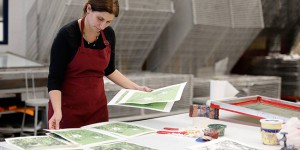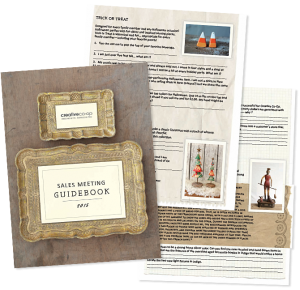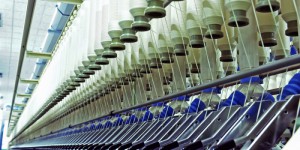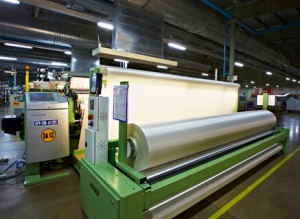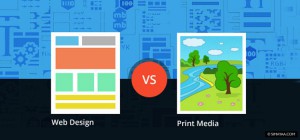
On several occasions it has been found that graphic web designers have the same approach and mindset as that of print media designing, even when they are designing for web. There are many differences between the two – quite crucial to know for success of web designers. Here are some of such important differences which you need to know.
Fonts:
When designing for prints you do not have to worry about fonts displaying properly in a browser. A reader will see the font which you have specified in the designing process. In web designing a number of font replacing techniques are used such as @font-face and Cufón which help in incorporating non standard fonts in designing for user convenience.
Resolution:
This implies the image quality and measures in pixels Web images should not be more than 72 ppi since the image will load very slow on the screen. Designing for prints does not have such restrictions.
Monitor size:
When you are designing for print media you have a specific print size in mind and will be designing as per that specific page size. This is not the case in web designing since you will have to take into account different monitor sizes and screen resolutions too.
Color Differences:
In print projects CMYK color model is mainly used since printing jobs are mainly done using yellow, black, magenta and cyan inks. Websites are always viewed on a screen and hence a RGB color model.
File sizes:
File size is never an issue for prints. The more details you have in your print the better it is – these are normally of 10 or 20 MB and sometimes even of 100 MB. However, you cannot have such big files in a website. These would take hours of loading time.
Layout Control:
The controlling ability of layouts on a webpage is quite different from different designing tools like Illustrator and Photoshop. These programs shall help you to move graphics and texts precisely and just where you desire them. However, tables and HTML do not allow such kind of flexibility.
Web Graphic Designing Is Continuous Process:
If designer for a printed piece it gets over once the design is sent to print. The job is over. Web graphic designing is different. It is all about continuous improvement, regular tweaking and continuous improvement. It is continuous.
Measuring Effectiveness:
It is difficult to measure the effectiveness of any print design, since once it is out, you will never get an idea on how people are reacting to it and how people are seeing it. However, a graphic designer for web can be easily measured through Google analytics.
Dimensionality:
Print design is 2 dimensional and lots of attention is given to layout. Every view is meant for a fixed canvas size which is not the case for web graphic designing, where it is all about scrolling the page and is just opposite the experience of canvas.
Experience:
Print designing allows you to walk through the information, select the information, enhance and explain all the page elements. Web designing is a great transient experience which is completely based on users movements.
This article comes from simayaa edit released
